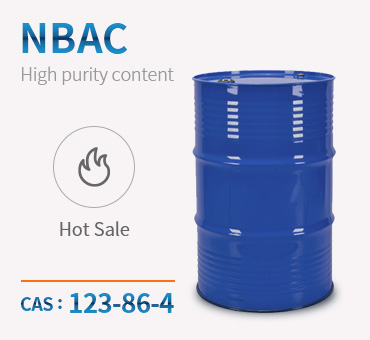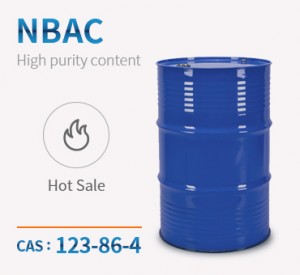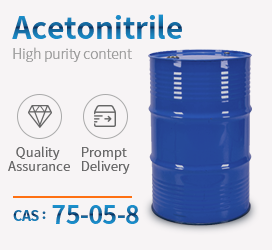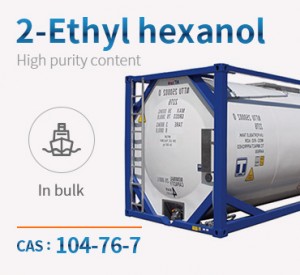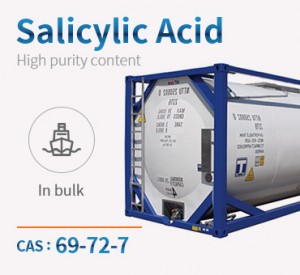Shanghai Huayingtong E-commerce Co., Ltd. is one of the leading Butyl Acetate suppliers in China and a professional Butyl Acetate manufacturer. Welcome to purchaseButyl Acetate from our factory.pls contact tom :service@skychemwin.com
Product Name:N-Butyl acetate
Molecular format:C6H12O2
CAS No:123-86-4
Product molecular structure:

Specification:
|
Item |
Unit |
Value |
|
Purity |
% |
99.5 min |
|
Color |
APHA |
10max |
|
Acid value (as acetate acid) |
% |
0.004max |
|
Water Content |
% |
0.05max |
|
Appearance |
- |
Clear liquid |
Chemical Properties:
n-Butyl acetate, also known as Butyl acetate, is an organic compound commonly used as a solvent in the production of lacquers and other products. It is also used as a synthetic fruit flavoring in foods such as candy, ice cream, cheeses, and baked goods. Butyl acetate is found in many types of fruit, where along with other chemicals it imparts characteristic flavors. apples, especially of the Red Delicious variety, are fl avored in part by this chemical. It is a colorless flammable liquid with a sweet smell of banana.
Butyl acetate is a clear, flammable ester of acetic acid that occurs in n-, sec-, and tert- forms (INCHEM, 2005). Butyl acetate isomers have a fruity, banana-like odor (Furia, 1980). Isomers of butyl acetate are found in apples (Nicholas, 1973) and other fruits (Bisesi, 1994), as a well as in a number of food products, such as cheese, coffee, beer, roasted nuts, vinegar (Maarse and Visscher, 1989). Butyl acetate is manufactured via esterification of the respective alcohol with acetic acid or acetic anhydride (Bisesi, 1994). N-butyl acetate is used as a solvent for nitrocellulose-based lacquers, inks, and adhesives. Other uses include manufacture of artificial leathers, photographic film, safety glass, and plastics (Budavari, 1996). Isomers of butyl acetate are also used as flavoring agents, in manicure products, and as larvicides (Bisesi, 1994). The tert-isomer has been used as a gasoline additive (Budavari, 1996). It may be used as a synthetic fruit flavoring in candy, ice cream, cheeses, and baked goods (Dikshith, 2013).
Butyl acetate is a colorless or yellowish liquid with a strong fruity odor. burning and then sweet taste reminiscent of pineapple. It occurs in many fruits and is a constituent of apple aromas. Butyl acetate is incompatible with strong oxidizing agents, strong acids, and strong bases.
There are 4 isomers. At 20 °C, the density of the n-butyl isomer is 0.8825 g/ cm3, and the density of the sec-isomer is 0.8758 g/cm3 (Bisesi, 1994). The n-butyl isomer is soluble in most hydrocarbons and acetone, and it is miscible with ethanol, ethyl ether, and chloroform (Haynes, 2010). It dissolves many plastics and resins (NIOSH, 1981).
Clear, colorless liquid with a strong fruity odor resembling bananas. Sweetish taste as low concentrations (<30 μg/L). Experimentally determined detection and recognition odor threshold concentrations were 30 μg/m3 (6.3 ppbv) and 18 μg/m3 (38 ppbv), respectively (Hellman and Small, 1974). Cometto-Mu?iz et al. (2000) reported nasal pungency threshold concentrations ranged from approximately 550 to 3,500 ppm.
Application:
1, as a spice, a large number of bananas, pears, pineapples, apricots, peaches and strawberries, berries and other types of flavors. It can also be used as a solvent for natural gum and synthetic resin, etc.
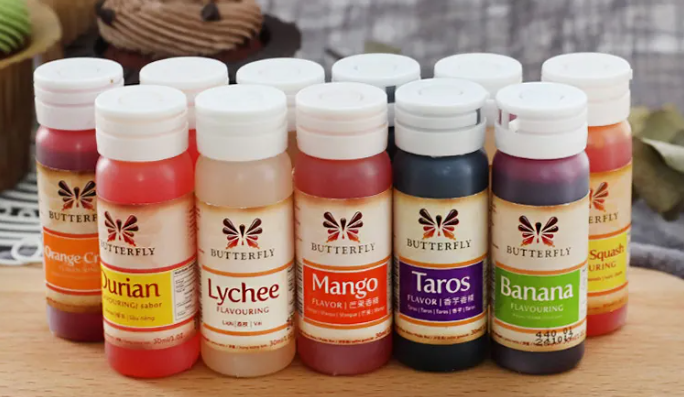
2、Excellent organic solvent, with good solubility for cellulose acetate butyrate, ethyl cellulose, chlorinated rubber, polystyrene, methacrylic resin and many natural resins such as tannin, manila gum, dammar resin, etc. It is widely used in nitrocellulose varnish, used as solvent in the process of artificial leather, fabric and plastic processing, used as extractant in various petroleum processing and pharmaceutical process, also used in spice compounding and various components of apricot, banana, pear, pineapple and other fragrance agents.
3、Used as analytical reagents, chromatographic analysis standards and solvents.
Products categories
-

Phone
-

E-mail
-

Whatsapp
-

Top

